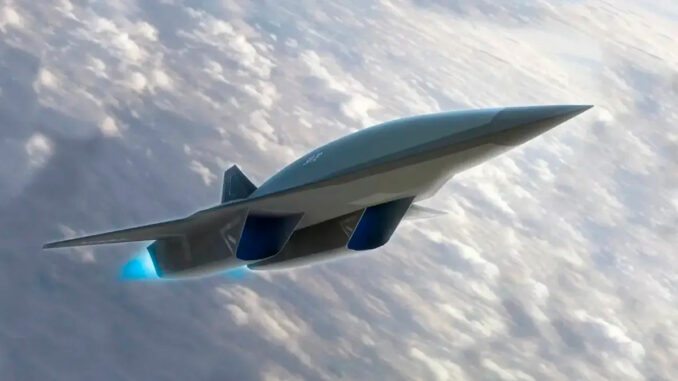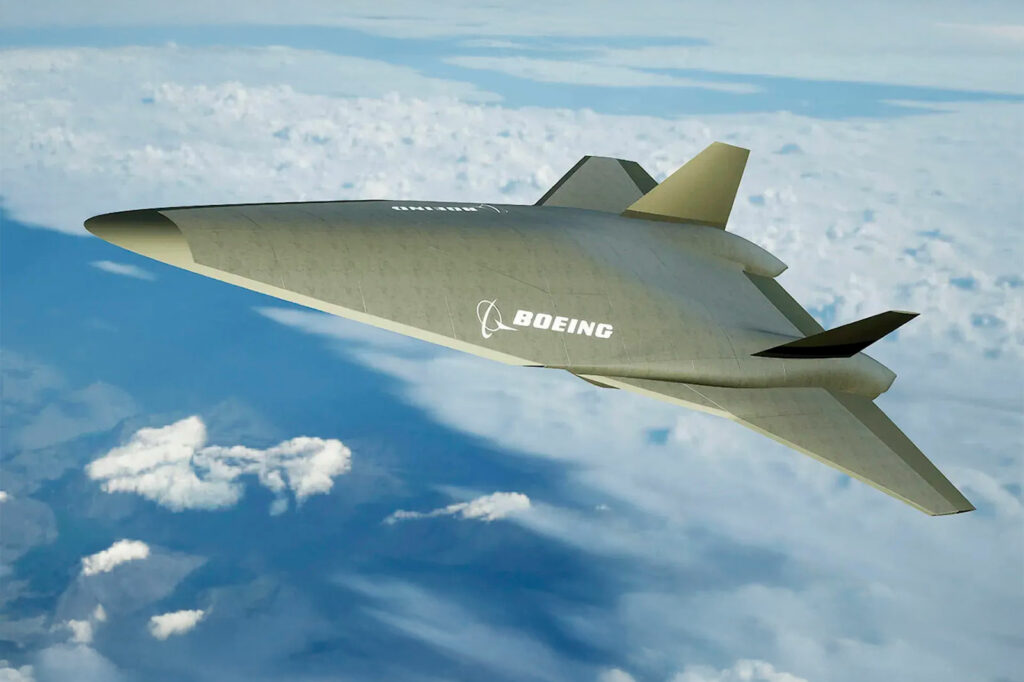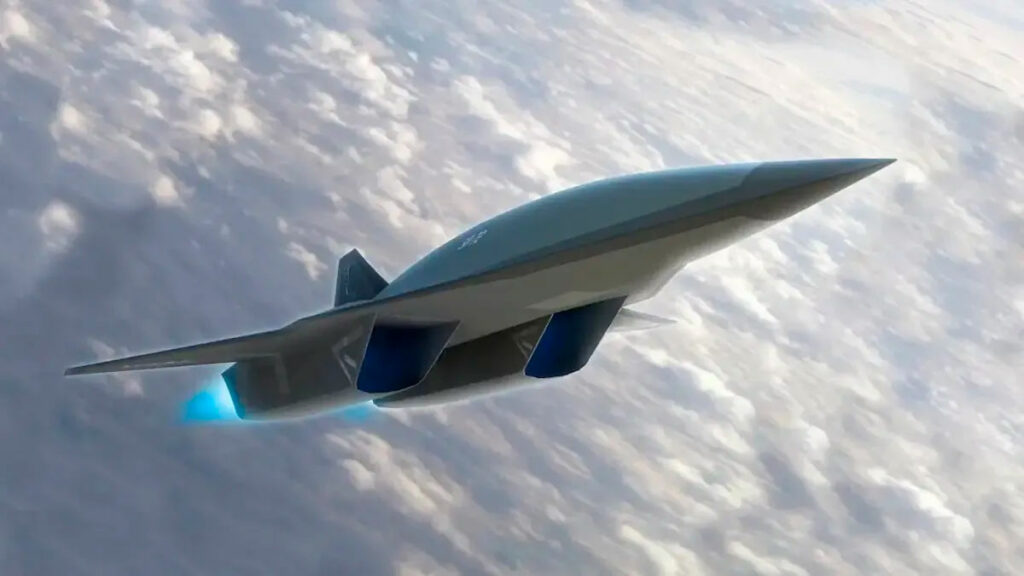
Collaboration between the US Air Force and DARPA aims to develop a reusable hypersonic aircraft for strike and reconnaissance missions, with a prototype expected by 2030.
The US Air Force, in partnership with DARPA, is working on the Next Generation Responsive Strike (Next RS) project to develop a reusable hypersonic aircraft capable of carrying out strike and intelligence, surveillance and reconnaissance (ISR) missions. This project follows on from the uncertainties surrounding the Mayhem program, which shared similar objectives. Key technology areas identified for Next RS include advanced structures and materials, high-speed weapon separation, dual-mode propulsion, power generation, thermal management systems and high-Mach turbine engines. The aim is to launch development of a flying prototype by 2030.
US Air Force and DARPA collaborate on the Next RS project
The US Air Force, in partnership with the Defense Advanced Research Projects Agency (DARPA), has launched the Next Generation Responsive Strike (Next RS) project. This ambitious program aims to develop a reusable hypersonic aircraft capable of carrying out strike and intelligence, surveillance and reconnaissance (ISR) missions. This initiative comes at a time when the previous program, called Mayhem, has encountered uncertainties over its operational demand and funding. The Next RS project aims to fill identified technology gaps and meet the emerging strategic needs of the US armed forces.

Technological objectives of the Next RS project
The Next RS project focuses on six key technology areas to achieve its objectives:
- Advanced materials and structures: Developing materials capable of withstanding the extreme thermal and mechanical stresses encountered during hypersonic flight.
- High-speed weapon separation: Designing systems for the safe deployment of munitions from aircraft operating at hypersonic speeds, taking into account the challenges of aerodynamics and intense heat.
- Dual-mode propulsion: Develop propulsion systems combining turbines for low speeds and ramjets for high speeds, ensuring a smooth transition between propulsion modes.
- Energy generation: Developing solutions to power on-board systems, including sensors and communication systems, while minimizing weight and size.
- Thermal management systems: Designing technologies to efficiently dissipate the heat generated during very high-speed flight, thereby protecting sensitive aircraft components.
- Turbine engines for high Mach: Create engines capable of operating efficiently at speeds in excess of Mach 5, reducing dependence on traditional propulsion systems.
These lines of research are essential to overcome the challenges inherent in the development of a reusable hypersonic aircraft, particularly with regard to material durability and propulsion efficiency.
Combined-cycle propulsion: a major step forward
Combined-cycle propulsion, in particular the Turbine Based Combined Cycle (TBCC), is at the heart of the Next RS project. This system combines a gas turbine for low-speed flight phases and a ramjet for high-speed phases, enabling continuous aircraft acceleration from take-off to hypersonic speeds. One of the major challenges lies in designing turbine engines capable of operating efficiently at high speeds without resorting to complex cooling systems, such as water injection. Previous research, notably the Advanced Full Range Engine (AFRE) program, has laid the foundations for these developments by exploring solutions for smooth transitions between propulsion modes.
The challenges of weapon separation in hypersonic flight
Deploying weapons from an aircraft at hypersonic speeds poses unique challenges. At these speeds, the aircraft is subjected to extreme thermal and aerodynamic stresses, making it complex to open weapons bays and safely release ammunition. What’s more, the weapons themselves have to be designed to withstand the severe conditions during deployment and trajectory to the target. This calls for the development of specific ammunition, capable of withstanding high temperatures and intense aerodynamic forces, while maintaining optimum precision and efficiency.

The growing market for hypersonic technologies
The development of reusable hypersonic aircraft is taking place against a backdrop of significant growth in the market for hypersonic technologies. In 2023, the size of the hypersonic flight market was estimated at US$796 million, with annual growth forecast at 5% between 2024 and 2032. This expansion is mainly driven by military investment in hypersonic weapons and associated platforms, reflecting the strategic importance of these technologies in modern conflicts. Civilian applications, though less developed, are also beginning to emerge, notably in the field of ultra-fast air transport.
Strategic implications
The successful completion of the Next RS project could transform the US Air Force’s operational capabilities. A reusable hypersonic aircraft would offer unprecedented flexibility for rapid strike and reconnaissance missions, capable of penetrating heavily defended airspace and neutralizing strategic targets in record time.
War Wings Daily is an independant magazine.